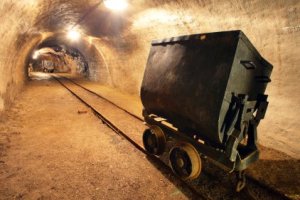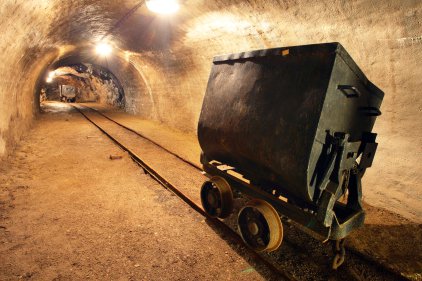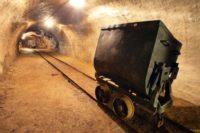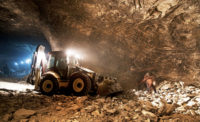 Among the many items on the federal government’s recently-released fall regulatory agenda are nine belonging to the Mine Safety and Health Administration (MSHA). Two of them are in the final stage of rulemaking.
Among the many items on the federal government’s recently-released fall regulatory agenda are nine belonging to the Mine Safety and Health Administration (MSHA). Two of them are in the final stage of rulemaking.
Respirable coal dust rule
Writing on Work in Progress, the Official Blog of the U.S. Department of Labor, MSHA chief Joseph Main said “Lowering Miners’ Exposure to Respirable Coal Mine Dust, Including Continuous Personal Dust Monitors,” has been years in the making.
“For too long, coal miners have contracted, suffered and died from debilitating coal workers’ pneumoconiosis, an irreversible and progressive lung disease, and chronic obstructive pulmonary disease, which includes chronic bronchitis and emphysema. These are among the several diseases commonly known as “black lung,” and they are preventable diseases,” wrote Main, who said that despite efforts to reduce black lung disease, it’s on the rise among U.S. coal miners.
“Even younger miners are showing evidence of advanced and debilitating lung disease from excessive dust exposure. “
In addition to loss of income – and often loss of life -- for the miners and their families, black lung exacts an enormous economic toll on the nation, with an estimated $44 billion paid out by the federal government in disability compensation since 1970.
Main said the proposed rule would reducing miners’ occupational exposure to coal dust and lowering the risk that they will suffer impairment of health or functional capacity over their working lives.
Continuous mining machine rule
The second proposed rule, “Proximity Detection Systems for Continuous Mining Machines in Underground Coal Mines,” addresses hazards that miners face when working near continuous mining machines in underground coal mines.
These electric-powered cutting machines remove coal from the face and load it into shuttle cars, or conveyer belts. Between 1984 and 2013, continuous miners were responsible for at least 34 crushing fatalities involving miners.
“Proximity detection systems can be programmed to send warning signals to alert miners to the presence of moving machinery and can stop the machinery before it strikes, pins or crushes a miner working in the vicinity,” said Main.
A number of mine operators have already embraced the technology.



